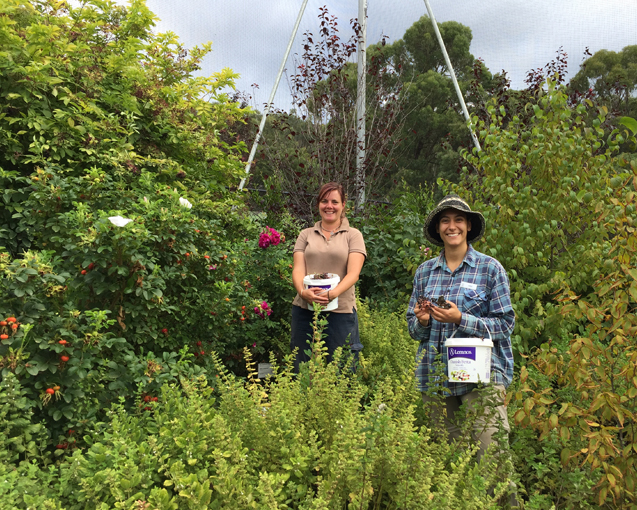



A farmer from the Atherton Tableland is thinking outside the box, experimenting with syntropic farming to enrich his soil and produce a prosperous crop. Syntropic farming, often known as food forests, is a relatively new agricultural system pioneered by Swiss farmer Ernst Gotsch in Brazil, who transformed 480 hectares of deteriorated terrain into a productive farm. It entails arranging and establishing a complex polyculture of plant species, then controlling them such that they produce their own nutrients and, as a result, a healthier and more natural ecology.
Multiple species are alley cropped, reducing pest and disease pressure while symbiotically sustaining one another as part of a larger system. Springmount Station’s John Gargan and his wife Grace own a 100-hectare (250-acre) biodynamic farm in Mutchilba on the Atherton Tablelands’ western edge. The Gargans have been farming biodynamically for nearly ten years in the far north, and John said they were exploring for ways to improve their soils when they came across a local club sharing syntropics expertise.
“We’ve been experimenting with natural agricultural methods for a long time,” Mr Gargan explained. “What I appreciate about syntropics is that it’s a self-sustaining idea, since you have all these plants using materials that you get for free, like sunlight and rain.” Irrigation is required in the early phases, but it is a self-sustaining system, and any excess material is returned to the land. Early in 2020, the Gargans began syntropic farming, laying up six 150-meter rows with good spacing of 12 metres between them. He can now crop in between the syntropic rows. Their syntropic rows include bananas, pineapples, raspberries, comfrey, paw paws, eucalyptus trees, and cassava plants, to mention a few. They prune intensively and plant in sequence. They’ve planted multi-species cover crops that require more sunshine in between the syntropic rows, such as pastures, fodder legumes, pumpkins, corn, or watermelons.
Mr Gargan thinks that, with the rising cost of fertilisers, the approach would promote soil biodiversity, using substantially fewer inputs than traditional farming. “The system regenerates itself sufficiently, thanks to the diversity of root systems and a varied array of bacteria feeding on the sugar-producing plants’ root systems,” he explained. “I believe that trees are extremely significant in all natural systems because they bring in energies and maintain the equilibrium of the ecosystem.”
Syntropics, according to Mr. Gargan, will only work if the quantity of labour required is kept to a minimum. “It’s quite difficult, especially in my paddock since I have a running kind grass that constantly invades the rows,” he explained. “We brought in geese since they are grazers and will eat the grass right down to the roots.” After that, we clean it up and mulch it. The idea of the guinea pigs is completely for maintenance, and we’ll be able to maintain it whenever the grass attempts to attack the guinea pigs.” To protect their geese from predators like snakes, birds, dingoes, and cats, the Gargans built a fence around the syntropic rows.
Article by: Hari Yellina (Orchard Tech)